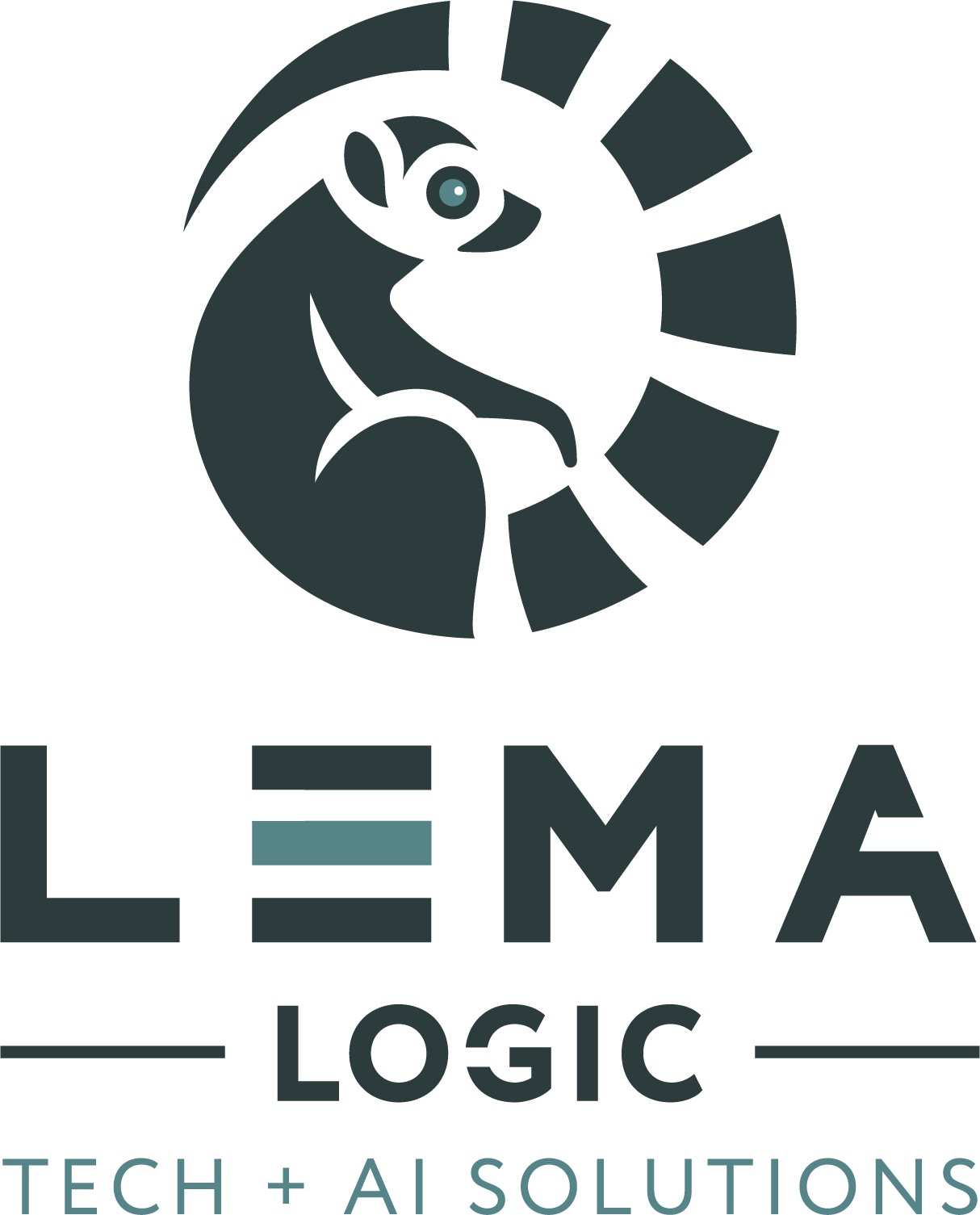Use the Least AI Possible
We’ve spoken with lots of companies and teams that are interested in using AI and usually what they seem to want is:

However, what most of them really need is a set of traditional technologies like programming, automations, data management, all guided by their documented business processes. Then, in the smallest, most controlled way possible, and only exactly where it is needed, we add in our AI tools where we need the reasoning abilities AI offers that we can’t get from traditional tools.

Data First
Data Management and Automation: The Foundation of Reliable AI Systems
The most important thing to get right, and often the hardest, is to make sure that the data you have is good enough to provide the answers to any questions that you want to ask. Without good data, nothing else works.
Processes Second
Documenting Business Processes for Smarter Automation
Next, you have to understand how your business uses the data that it has. This is done by defining and documenting your business processes. This means taking that tasks that everybody does throughout the day/month/year and writing them down or recording them to video or documenting them in some useful way. These are commonly referred to as Standard Operating Procedures, or Business Process Analysis, or just “User Guides” or “Documentation”.
Once you have your business processes, then you have the systems that you use. These may be company level things like Customer Relationship Management software (CRM), Content Management Systems (CMS), and basic productivity apps like Microsoft Office, Excel,Powerpoint, Word. Custom applications designed specifically for your business fall into this category as well. Shared folders like OneDrive, Dropbox, Google Drive are systems used to store data, while the systems previously listed are used to process data.
Automations Third
Automations to to Connect and Streamline Your Systems
Automations are “glue” that connect different systems together. These can be small utility programs that let you move data between systems, or tools like Zapier or Make.com or N8N that can make things happen automatically when data in one system is modified, and update other systems based on that.
APIs Fourth
API-First Integrations for Seamless Data Flow
APIs are the “Application Programming Interface” that let programs talk to each other. These are typically what the Automation tools use to check, move, and update data around on systems. They aren’t typically something regular users deal with, but are key components for the people building your systems to make them work.
AI Last
Minimising AI Risk with Reliable, Ethical Technology
Probably 90% to 95% of most modern computer systems are based on these components, which we’ve been using since computers first started being used in business. The last 5-10% we’re adding on is the new AI capabilities, which allow us to do things like adding reasoning and evaluation (that wasn’t previously possible at all) as part of our workflows. Sentiment analysis, working with freeform text and unstructured data, speech and vision and image generation are all new capabilities of just the last few years.
The challenge, however, with current AI tools is that it is not always predictable, and there are major challenges around reliability and security that increase the more AI is used, and it becomes less reliable and predictable the more it does independently.
As our goal is to create the most reliable systems possible, we create as much of the work as possible with non-AI solutions, and only bring AI in at the exact moment that we need it, and only ask it to perform the narrowest, most defined version of the tasks that we need done as possible.
This “Use the Least AI Possible” approach allows us to offer the amazing power of AI to improve our operations, while adding the least risk possible, so that we have the most reliable AND powerful tools to help our business thrive.


